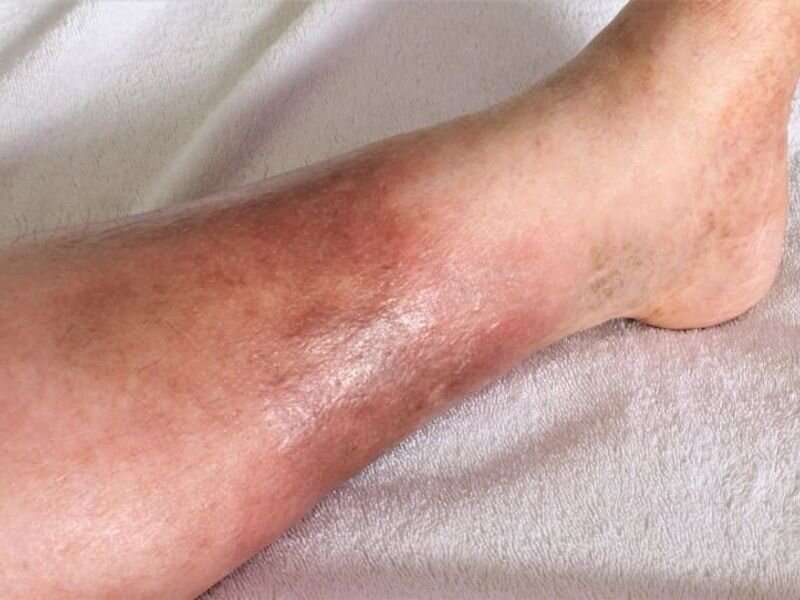Chemotherapy-induced adverse cutaneous drug reactions that mimic cellulitis, including those termed pseudocellulitis, do not meet criteria for other diagnoses, according to a review published online June 28 in JAMA Dermatology.
Leah D. Kovacs, from the University of Washington School of Medicine in Seattle, and colleagues conducted a systematic review of case reports of patients with pseudocellulitis to characterize the various cellulitis-mimicking reactions caused by chemotherapeutic medications and understand how these reactions affect patient care. Data were obtained from 32 publications, representing 81 patients with pseudocellulitis.
The researchers found that most of the 81 cases were associated with gemcitabine use, while pemetrexed use was reported less often. Thirty-nine cases were considered true chemotherapy-induced pseudocellulitis. These did not meet diagnostic criteria for any known diagnoses and resembled pseudocellulitis and were therefore described solely as pseudocellulitis.
Sixty-seven and 36 percent of this group (26 and 14 patients) had been administered antibiotics before the correct diagnosis and experienced interruptions to their oncologic treatment plans, respectively.
"There is a need for a universally accepted definition of pseudocellulitis," the authors write. "A greater understanding of chemotherapy-induced pseudocellulitis would help to avoid oncologic interruptions and would promote antimicrobial stewardship."
More information: Leah D. Kovacs et al, Chemotherapy-Induced Pseudocellulitis Without Prior Radiation Exposure, JAMA Dermatology (2023). DOI: 10.1001/jamadermatol.2023.1735
Journal information: JAMA Dermatology
Copyright © 2023 HealthDay. All rights reserved.






















